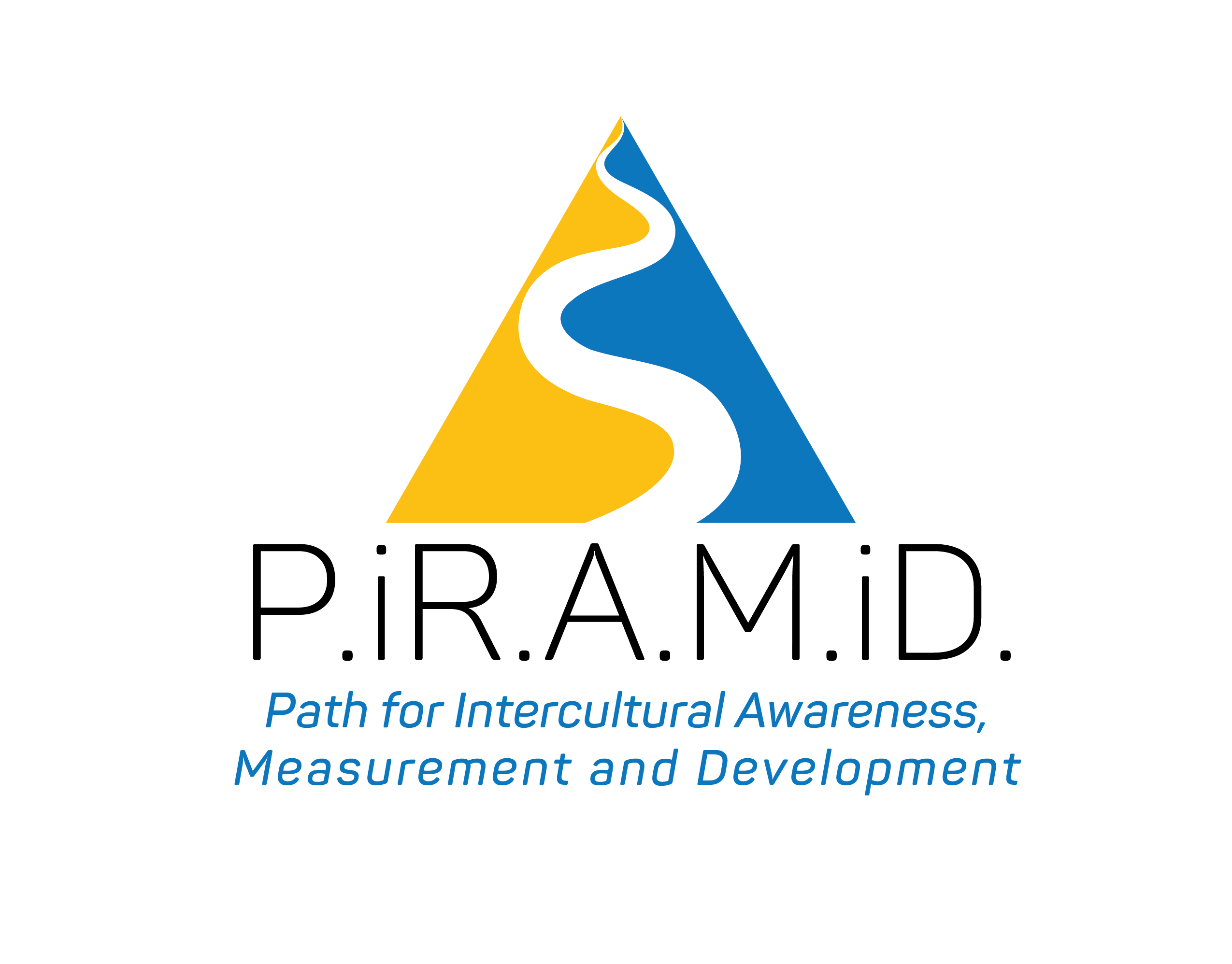This website use cookies to ensure you get the best experience on our website

P.IR.A.M.iD
2023-1-ES01-KA220-VET-000157060
When “No” Doesn’t Mean No: Understanding Indirect Refusals
21 May 2025

Introduction
In many Western (low‑context) cultures, a clear “no” is expected and valued for its honesty. But step into a high‑context environment such as Japan, China, or many Arab countries and you’ll rarely hear that simple word. Richard D. Lewis explains in When Cultures Collide that indirect refusals serve to protect harmony, preserve “face,” and avoid confrontation.
1. The Language of Deferral
“A reactive culture seldom says ‘no’ directly. Instead you may hear, ‘That could be difficult,’ or, ‘We will look into this,’ which in context means exactly the opposite.”
Richard D. Lewis, When Cultures Collide
Here Lewis highlights how rather than shutting the door high‑context communicators will offer nuanced phrases that sound positive but effectively signal refusal. Learning to read between the lines is essential :
“That could be difficult.”
Literally a cautious statement, but culturally understood as “I cannot do this.”
“We will look into it.”
A polite way to end the conversation without committing.
2. Protecting “Face” Through Soft Language
High‑context societies place great importance on mutual respect and saving both parties from embarrassment. A blunt “no” risks humiliating the requester. Instead, the refusal is cushioned:
Indirectness as kindness: Japanese and Chinese etiquette encourages euphemisms so that no one loses dignity.
Storytelling detour: In some Arab cultures, refusal may come embedded in a long narrative or compliment before the real answer.
3. Reading the Unsaid
To navigate these waters:
Listen for qualifiers. Phrases like “perhaps,” “we’ll consider,” or “we’ll see” often mask reluctance.
Observe nonverbal cues. A lack of eye contact, a hesitant tone, or a smile can all indicate an implicit “no.”
Ask follow‑up questions. A gentle “When would be possible?” can prompt a clearer response.
4. Business Implications
Negotiations : Western negotiators may push too hard in response to an indirect “yes,” only to face a last‑minute refusal. Recognizing the polite hedge can save time and preserve relationships.
Project Management :
Timelines proposed by high‑context teams may need validation beyond the initial agreement. Confirm deliverables in writing.
Customer Service :
A seemingly positive answer to a client’s request may hide genuine impossibility. Training staff to detect these subtleties prevents overpromising.
5. Bridging the Gap
Cultural briefing : Educate international teams about indirect refusal patterns before engagement.
Hybrid communication : Combine verbal assurance (“Yes, we can do that”) with a written caveat, clarifying scope.
Feedback loops : Establish regular check‑ins to confirm understanding and willingness.
Conclusion
A “no” can wear many masks. As Richard D. Lewis shows, indirect refusals in high‑context cultures are less about deception and more about preserving relationships. Mastering the art
of interpreting these subtle signals is a vital skill for any global professional, ensuring you never mistake a polite “we will consider” for a genuine “yes.”

This project has been funded with support from the European Commission.
This publication reflects the views only of the authors, and the Commission cannot be held responsible for any use which may be made of the information contained therein.
